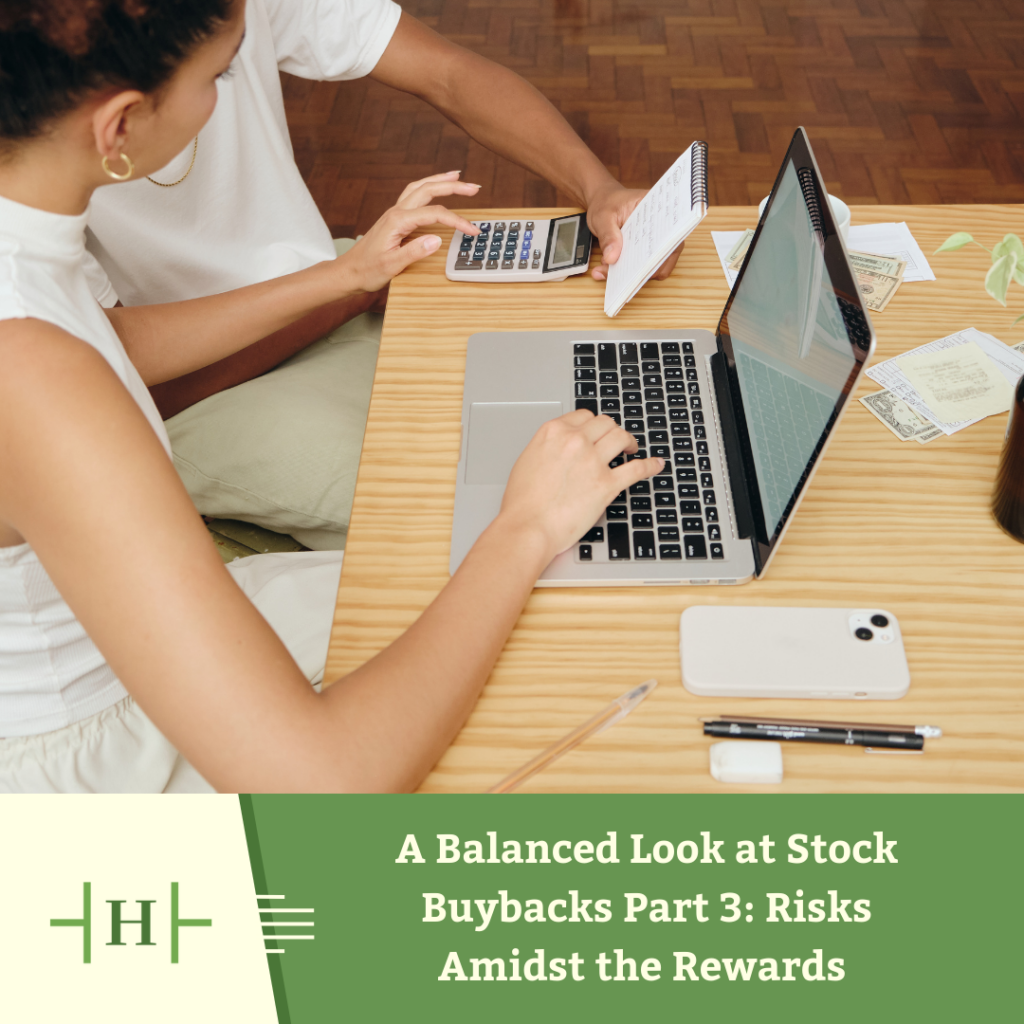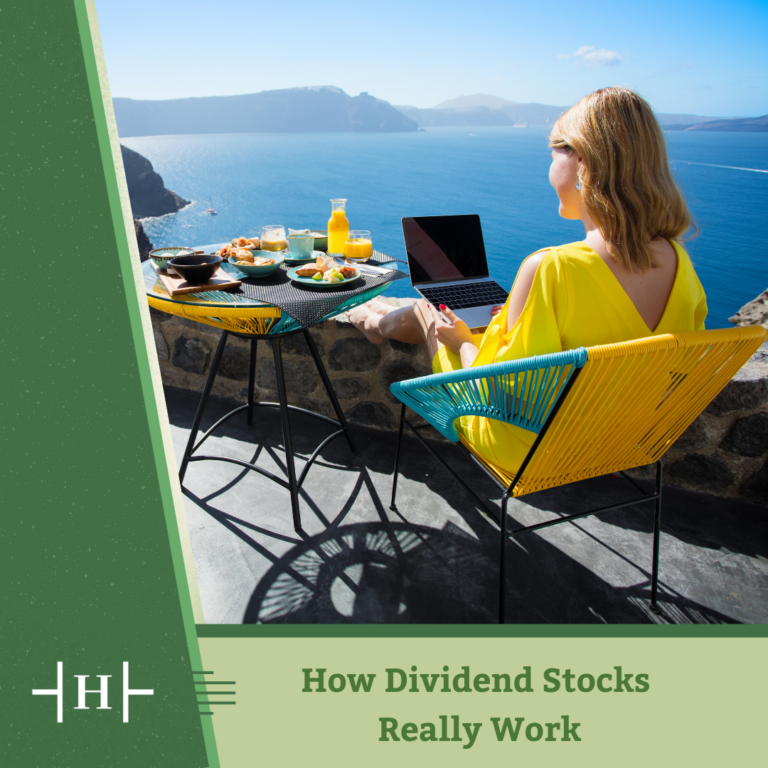
In our last piece, we summarized the ways a successful stock buyback can deliver powerful, tax-efficient value to shareholders, without stunting future growth. But stock buybacks are like any other power tool: They’re not always the best, or even safest device for every job. Today, we’ll wrap by covering some of the potential downsides to stock buybacks.
Bad Apples in a Big Cart
First, it’s worth emphasizing that evidence in the U.S. and around the world suggests that most stock buybacks function as hoped for; the bad apples are exceptions to the norm.
For example, a study published in a 2019 Journal of Financial and Quantitative Analysis looked at some 9,000 stock buybacks across 31 countries, from 1998–2010. The authors also compared their results to past U.S. and global studies of similar focus. Describing their work as, “to our knowledge, the most extensive analysis of buybacks around the world,” the authors concluded:
“On average, share repurchases are associated with significant positive short- and long-term excess returns.”
However, not every stock buyback is a beautiful thing. The authors also observed:
“While, on average, buybacks are beneficial for long-term investors, when we dissect the cross-section of buybacks around the world we find evidence supporting a more nuanced view. Not all buybacks are created equal.”
Price vs. Worth
Billionaire business owner Warren Buffett offered a similar caveat as he extolled the virtue of stock buybacks in his Berkshire Hathaway 2022 shareholder letter:
“Every small [buyback] helps, if repurchases are made at value-accretive prices.”
What did Buffett mean by “value-accretive”? He was talking about whether a stock’s price accurately reflects the company’s true earning power. In other words, given the risk/reward tradeoffs the company faces, is there enough “there” there to warrant the asking price?
Volumes of evidence suggest that the collective wisdom of the market’s crowds creates among the most rational price-setting around. But this does not mean the price is continuously correct. If price-setting mechanisms run amok, such as if a company tenders an unrealistically high buyback offer, efficient markets have a way of eventually correcting the imbalance. But in the meantime, there may be immediate winners and losers in the resulting trades. As Buffett notes:
“[W]hen a company overpays for repurchases, the continuing shareholders lose. At such times, gains flow only to the selling shareholders and to the friendly, but expensive, investment banker who recommended the foolish purchases.”
Managers, Shareholders, and Everyone Else
As we’ve covered previously, if a going enterprise truly has more cash than it can use for value-added purposes, it can make good sense to direct some of its profits back to its shareholders at a fair price.
But who gets to decide it’s time for a buyback, at what “fair” price? Often, the company’s managing stakeholders—the same individuals who usually stand to benefit the most during a buyback offer—are the ones weighing in heavily on these calls.
Can you smell the potential conflicts of interest? No wonder there are some ill-advised buybacks. Sometimes, a few appear to have pilfered company reserves to fatten their own purses with pumped-up prices, at the ultimate expense of many others—including, potentially, the general public.
The Wall Street Journal columnist Jason Zweig offers some telling examples on this front. He cites Lehman Brothers, and its $4 billion in stock buybacks within six months of its 2008 collapse. There was also Citigroup’s $20 billion in 2004–2008 repurchases “right before it needed a roughly $45 billion government bailout during the financial crisis.”
Whether a buyback is ill-fated due to excessive greed or simply unintended consequences, the negative repercussions can be equally unpleasant to those left holding the proverbial bag—especially if we, the people, end up spending public funds to clean up a mess.
Government Initiatives
Again, evidence strongly suggests injurious buybacks are the exceptions to an otherwise healthy norm in a productive, relatively free-market economy. But given the stakes involved, perhaps it’s no surprise that the government has been keeping its eye on stock buybacks.
There are also those who feel stock buybacks are receiving an unfairly sweetened tax deal compared to dividend payouts. Both methods distribute company capital to shareholders. But where dividends are taxable in the year incurred, any post-buyback bump in stock value isn’t taxable until shareholders sell their stock for a realized gain.
These concerns have spurred two avenues of government activity: taxes and regulations.
For example, in July 2023, the Federal Reserve proposed raising capital requirements for at least the nation’s largest banks. In other words, banks would have to increase the amount of capital they’re required to keep on hand, reducing the amount they can use on buybacks. As reported by The Wall Street Journal, many banks have halted buyback programs for now, pending resolution of the proposal.
On the tax front, efforts have been aimed at reducing the perceived incentive to favor stock buybacks over dividends, as well as potentially generating an even higher tax windfall from buybacks.
Specifically, the Inflation Reduction Act of 2022 has imposed a 1% excise tax on companies making stock buybacks after December 31, 2022. In July 2023, the IRS released transitional guidance, effectively putting the requirement on hold, pending “forthcoming regulations.” However, the IRS has also instructed companies to maintain detailed records on any buybacks they perform in 2023 and beyond.
Time will tell how this tax tale ends. Largely along party lines, there have been efforts to pass an even higher excise tax of 4% “to help reinvest in the economy, while also preventing abuse and reducing tax avoidance” (as described by proponents of the higher rate).
On the flip side, others feel any excise tax is unfair, unnecessary, and harmful to American business interests. For example, financial author and podcaster Meb Faber has bluntly expressed:
“Dividends and buybacks are already taxed twice: when the company makes money and again when the investor receives payment. Taxing buybacks three times [through an added excise tax] is obviously insane!”
Where Do We Go From Here?
As Americans, each of us is entitled to our opinions on how our government should proceed in taxing and regulating corporate stock buybacks. As financial advisors, our opinion isn’t as important as how we advise you to integrate the information into your personal investments.
As we expressed at the outset of this series, the trickiest thing about investing in any single stock is the infinite number of ways its future can surprise us—for better and for worse. Company- or sector-specific news, government action, global socioeconomics … all of these influences and many others can alter whether any given stock buyback plays out in your favor as a shareholder.
For a long-term investor, your best course is to capture market-wide sources of return according to your willingness, ability, and need to take on accompanying market risks. By holding a globally diversified portfolio, you’re highly likely to benefit from an ongoing stream of return-generating stock buybacks, without being overly harmed by the occasional failures.
If you work for, and hold stock or stock options in a company that engages in stock buybacks, you may not be able to diversify away all of the concentration risks involved. But there are ways to manage them more effectively. Please be in touch for a personal conversation.
Beyond that, at least in your role as an investor, you’re probably best off leaving the politics of stock buybacks to the politicians. Vote according to your preferences when the time comes, and stay the course with your diversified investments.
Please let us know if we can answer additional questions you may have about how stock buybacks work, and how to make best use of them in your own financial planning.




